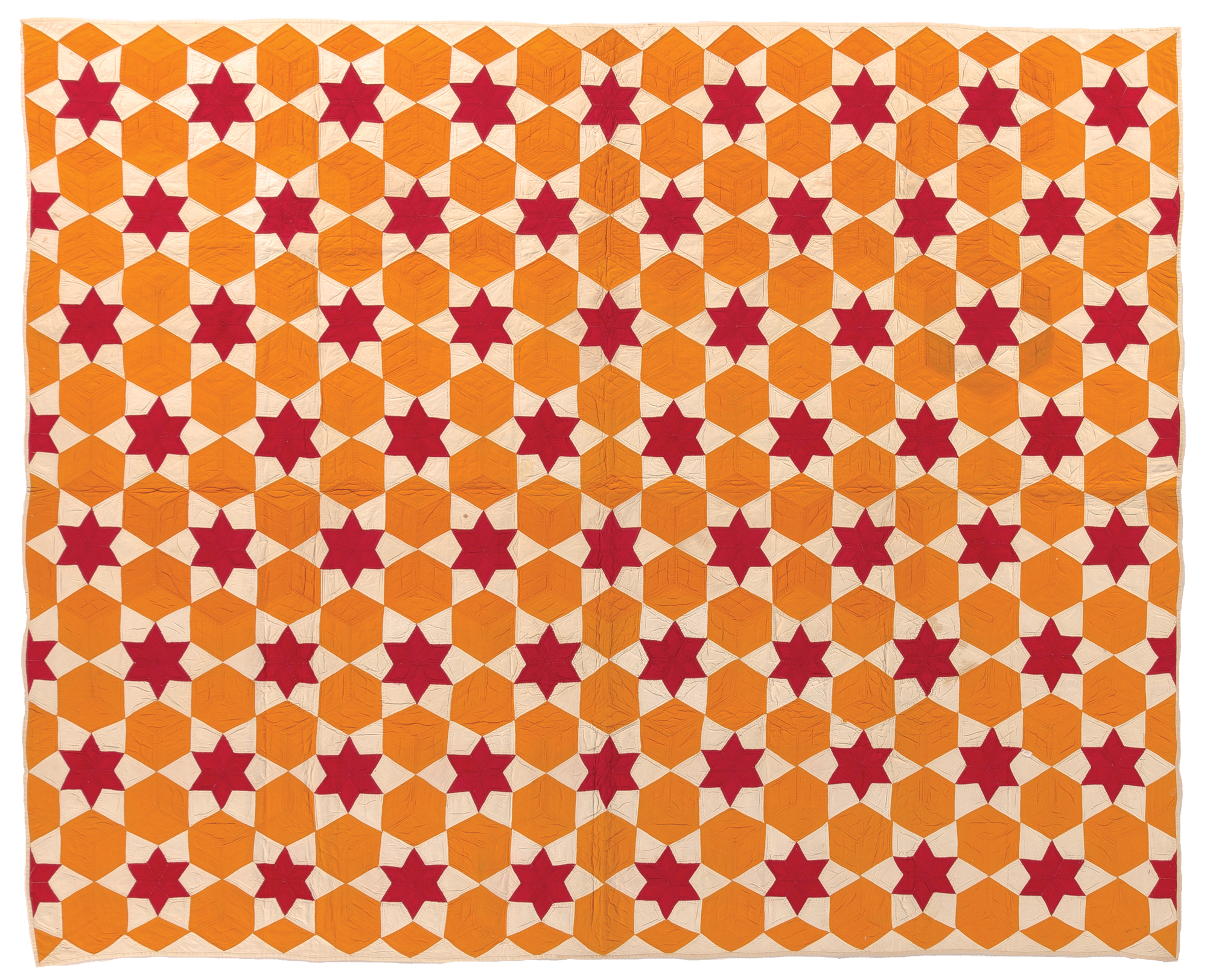
Scholar and author Barbara Brackman will share the revelations found in the fabrics and patterns used in quilts during a lecture today, Oct. 26 at the International Quilt Study Center & Museum.
“Barbara Brackman is the leading source people turn to for information about dyes and techniques,” said Carolyn Ducey, curator of collections. “With the host of books she’s written over the past decades, she has developed encyclopedic knowledge. We will learn so much from her presentation.”
The free program begins at 5:30 p.m. with doors opening at 5.
The author of “Clues in the Calico," “Encyclopedia of Pieced Quilt Patterns,” “Quilts from the Civil War” and more, Brackman’s presentation will include a show-and-tell of textiles and quilts from the museum as well as her personal collection.
The lecture is being held in conjunction with the museum’s newest exhibition “Cheddar Quilts from the Joanna S. Rose Collection.” It is now showing through Feb. 3.
Rose is known for her collection of more than 650 red and white quilts, which appeared in the 2011 exhibition “Red and White Quilts: Infinite Variety” at the Park Avenue Armory in New York City. Her large collection of antique American orange quilts are lesser known. Often referred to as “cheddar” quilts by today’s quilt scholars and makers, these textiles have a distinctive color produced with chrome orange, a mineral dye. Introduced as a pigment in 1809, chrome orange grew in popularity in the 1820s.
Calling herself a treasure hunter rather than collector, Rose began buying quilts in the 1950s. She was drawn to bright orange quilts initially as décor for her family’s Thanksgiving celebrations.
Though little is known about most of the quilts in Rose’s collection, cheddar quilts were traditionally made in the 19th Century in Pennsylvania, North Carolina and Virginia, particularly in communities with large German backgrounds. The orange was paired with reds, blues and greens, other colors often found in German folk art of the time.
In addition to learning more about the displayed quilts and related traditions, the exhibition also offers insight into a well-known quilt collector.
“It’s always interesting to see what a collector is drawn to,” Ducey said. “Mrs. Rose wasn’t just decorating. She wanted to create an environment for her family and a new tradition that was important to them.”
Home to the world’s largest publicly held quilt collection, the International Quilt Study Center & Museum is located on the northwest corner of 33rd and Holdrege streets on the University of Nebraska-Lincoln’s East Campus. Its mission is to build a global collection and audiences that celebrate the cultural and artistic significance of quilts.
Admission to the museum is free for university students, faculty members and staff. Visit http://www.quiltstudy.org for more information about the museum’s hours and other exhibitions and scheduled programs.
More details at: http://www.quiltstudy.org?utm_campaign=UNL_ENews&utm_medium=email&utm_source=news&utm_content=Lecturer Reveals 'Clues in the Calico' at Quilt Museum